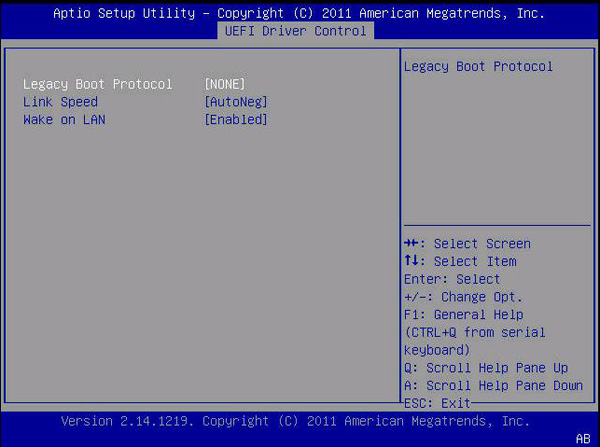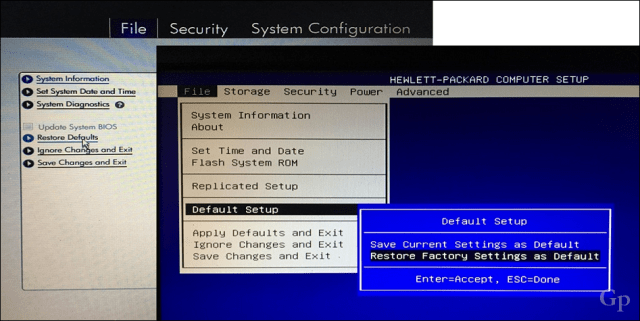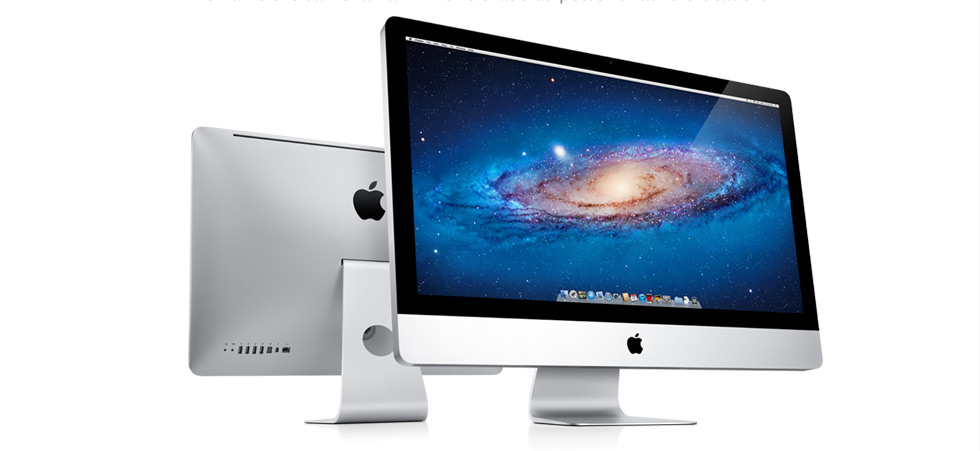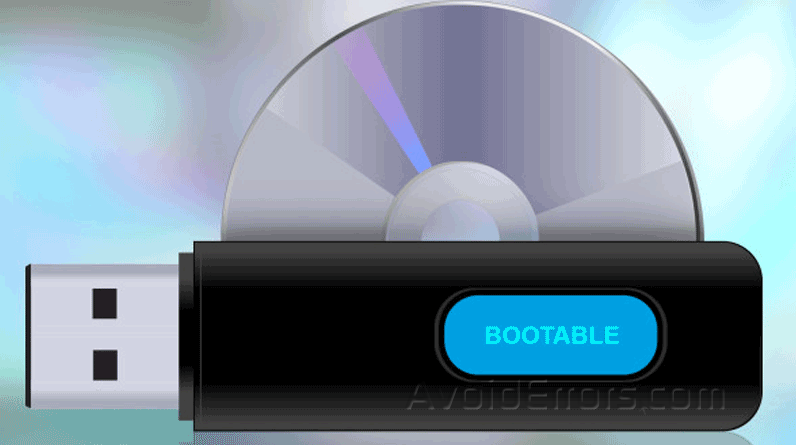Welcome to the AMD OS X FAQ. Here we aim to provide you with enough information so you can squash any bugs or issues you have with ease and speed.
Bios Settings For Windows 10

Tools
These aren't a requirement but do assist in making it easier to perform tasks.:
The Mac does not have a BIOS to enter. The equivalent would be the Extensible Firmware Interface (EFI) to access this (which is traditionally referred to as Open Firmware hence the O and F key. If all your BIOS items are grayed out (but you can still access it), you probably have the administrator (or setup) password set. To unlock your BIOS, go to the Security tab, find the 'Unlock Setup' (or similar) row and type your password into the box. Mac bios free download. Monsputer project The Monsputer is a Z80 computer developped with old chips (and some new) collected over the years.
- AMD OS X Knowledge Base: A collection of tools and guides that you might find useful for installing macOS on you AMD machine.
- Clover Bootloader: This is the software that will allow you to boot from the HDD/SSD without the USB Installer.
- Clover Configurator: This software allows you to configure Clover.
If you require further support that this page cannot offer please visit the Forums or the Discord server.
Compatibility
When it comes to an AMD Hackintosh compatibility is often questioned. Truth is if the device works on an Intel hackintosh it'll work on AMD too.
There's no specific motherboard that won't work but there are some that can make it harder. Gigabyte boards are normally the choice of many.
As for CPUs, Just about every AMD CPU is supported by the modified kernel. It's the system that limits it. From Sierra onwards your CPU must support the SSE4.1 CPU instruction.
This currently isn't emulated by the kernel and most likely won't be added. FX and Ryzen systems have the required instructions to run.
The only true requirement in the BIOS is that SATA is set to AHCI. If there's no option then it's most likely already on. The other settings below are for optimisation.
- APU/Integrated graphics = Disabled
- EHCI Handoff = Enabled
- XHCI Handoff = Enabled
- Cool'n'Quiet = Enabled
- Serial and Parallel ports = Disabled
- HPET = Enabled
- HPC = Enabled
Bios Settings For Mac Catalina
Notes
Some useful pointers to take note of.
- Sierra 10.12 onwards is only compatible with CPUs that have the SSE4.1 / 4.2 Instructions for now.
- Sleep doesn't always work with macOS on AMD. It'll work or it won't.
- It's always best to install macOS to a separate HDD/SSD and keep your other Operating System separate.
These issues are known on AMD systems and no known fix is available but will be looked at when time allows.
- iMessage.
- FaceTime.
- Siri.
- Issue on High Sierra with Nvidia Performance.
In the previous list, you saw that the BIOS checks the CMOS Setup for custom settings. Here's what you do to change those settings.
To enter the CMOS Setup, you must press a certain key or combination of keys during the initial startup sequence. Most systems use 'Esc,' 'Del,' 'F1,' 'F2,' 'Ctrl-Esc' or 'Ctrl-Alt-Esc' to enter setup. There is usually a line of text at the bottom of the display that tells you 'Press ___ to Enter Setup.'
Advertisement

Advertisement
Once you have entered setup, you will see a set of text screens with a number of options. Some of these are standard, while others vary according to the BIOS manufacturer. Common options include:
Bios Settings For Memory
- System Time/Date - Set the system time and date
- Boot Sequence - The order that BIOS will try to load the operating system
- Plug and Play - A standard for auto-detecting connected devices; should be set to 'Yes' if your computer and operating system both support it
- Mouse/Keyboard - 'Enable Num Lock,' 'Enable the Keyboard,' 'Auto-Detect Mouse'...
- Drive Configuration - Configure hard drives, CD-ROM and floppy drives
- Memory - Direct the BIOS to shadow to a specific memory address
- Security - Set a password for accessing the computer
- Power Management - Select whether to use power management, as well as set the amount of time for standby and suspend
- Exit - Save your changes, discard your changes or restore default settings


Be very careful when making changes to setup. Incorrect settings may keep your computer from booting. When you are finished with your changes, you should choose 'Save Changes' and exit. The BIOS will then restart your computer so that the new settings take effect.
The BIOS uses CMOS technology to save any changes made to the computer's settings. With this technology, a small lithium or Ni-Cad battery can supply enough power to keep the data for years. In fact, some of the newer chips have a 10-year, tiny lithium battery built right into the CMOS chip!
